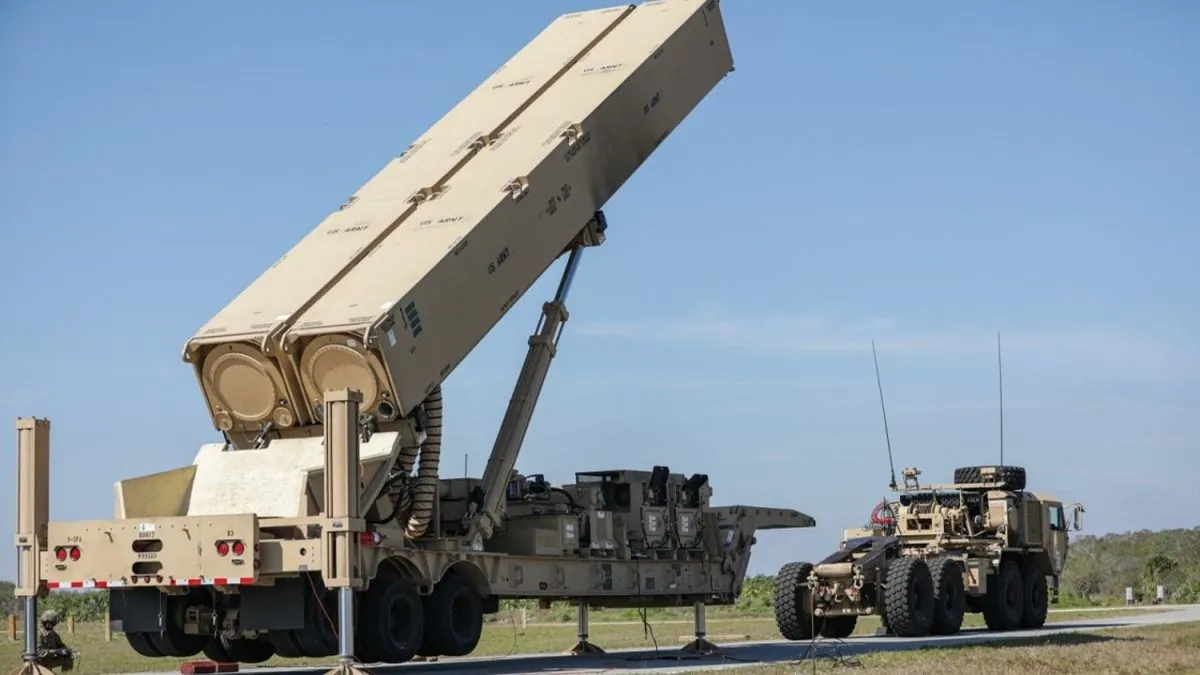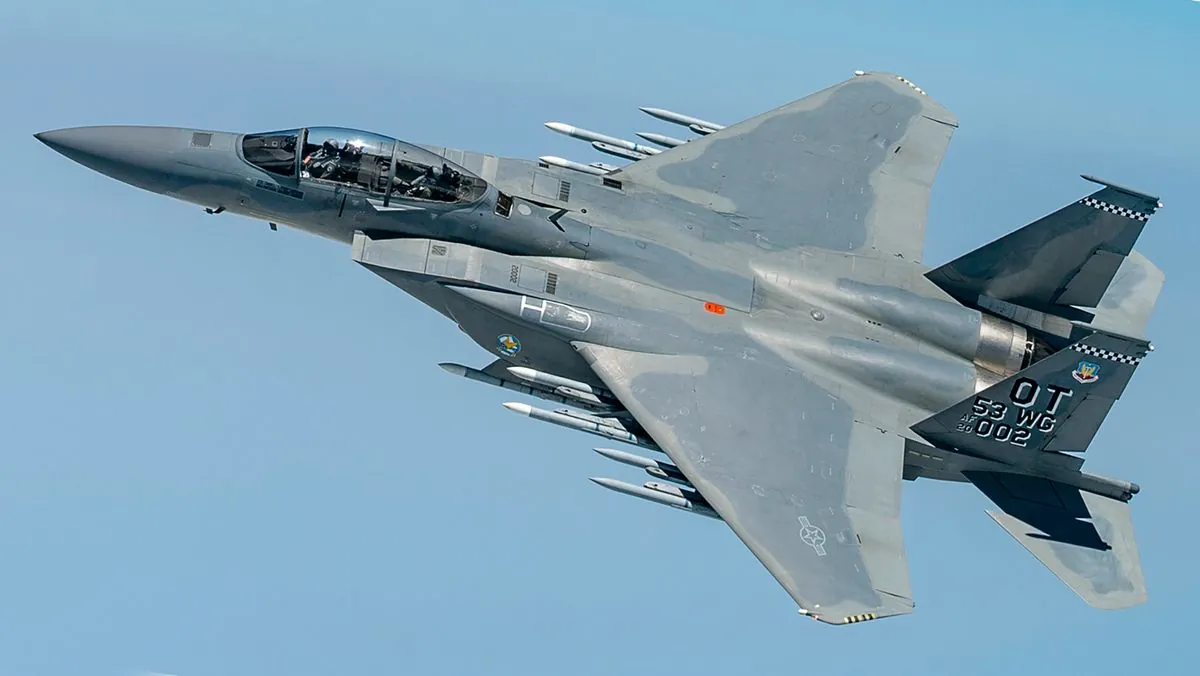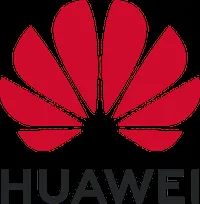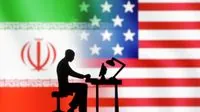Analyst Questions Effectiveness of US Hypersonic Missiles in Potential China Conflict
A defense analyst argues that the US military's costly hypersonic missile program may be ineffective in a potential conflict with China, citing limited deployment options and questionable strategic value.

In a recent analysis, defense expert Bill Sweetman has raised concerns about the effectiveness of the United States' hypersonic missile program, particularly in the context of a potential conflict with China. The critique comes as the US military continues its costly pursuit of these advanced weapons.
Sweetman argues that the limited deployment options for US hypersonic missiles in the Western Pacific region could significantly reduce their strategic value. He notes that only missiles already within range at the onset of a conflict would be available for prompt strike, potentially limiting their impact.
The US military is currently developing several types of hypersonic missiles:
- The Air Force's Hypersonic Attack Cruise Missile (HACM)
- The Army's Long-Range Hypersonic Weapon (LRHW)
- The Navy's Conventional Prompt Strike (CPS) system
Each of these systems faces unique challenges in development and deployment. The HACM, for instance, relies on complex scramjet technology that requires precise conditions to function effectively. The Air Force plans to invest approximately $2 billion in testing this missile over the next three years.

The Army and Navy systems, while further along in development, also face deployment limitations. The Army fielded its first LRHW battery last year, while the Navy is installing CPS on its Zumwalt-class destroyers and new attack submarines. However, the number of immediately available missiles in a conflict scenario could be limited to a few dozen.
In contrast, Sweetman points out that China has a significant advantage in deploying its DF-17 hypersonic missile. The truck-mounted system allows for flexible positioning along the Chinese coast, potentially providing a larger arsenal ready for immediate use.
The analyst also questions the cost-effectiveness of hypersonic missiles, each priced at around $50 million, in a conflict that may require thousands of long-range munitions. A war game simulation conducted by the Center for Strategic and International Studies last year suggested that a successful defense of Taiwan would require a massive number of conventional cruise missiles.
"How important is it to exceed Mach 5? With modest stealth measures, a high-supersonic vehicle is as survivable as a hypersonic one ... There's no sign, in all the enthusiasm over hypersonics, that the question has ever been asked. Maybe it should be."
As the debate over the strategic value of hypersonic weapons continues, the US military faces the challenge of balancing technological advancement with practical battlefield considerations. The coming years will likely see further scrutiny of these high-cost, high-speed weapons and their role in potential conflict scenarios.


































